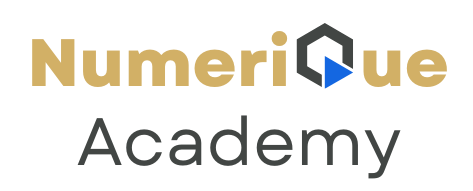In an era where artificial intelligence is evolving at breakneck speed, one question echoes across creative industries: Can AI tools truly replace human creativity? From writing and graphic design to music composition and filmmaking, AI is not just assisting creators—it’s producing entire works. But does that mean it’s creative in the way humans are? Let’s unpack the reality, the myths, and the future of creativity in the age of artificial intelligence.
The Rise of Creative AI Tools
Over the last few years, AI tools have transformed from niche software into powerful creative engines used by millions. Tools like ChatGPT, DALL·E, Midjourney, RunwayML, and Soundraw can now generate poems, paintings, music, and even full videos with just a few prompts.
Businesses use AI-generated ad copy. Designers start with AI-generated mockups. Filmmakers use AI voice cloning and editing. The ease of automation and the speed of creation are unparalleled.
But are these tools creating, or simply remixing?
The Human Element in Creativity
Creativity is more than producing something new—it’s about emotional connection, cultural nuance, storytelling, and original intent. Human creativity draws from lived experience, memories, perspectives, and intuition. These are things AI currently lacks.
For example:
- A human poet writes about grief from personal loss. An AI can mimic the tone, but not the depth of feeling.
- A designer understands the target audience’s cultural symbols; AI can miss subtle cultural cues.
- A filmmaker chooses a camera angle for emotional impact; AI doesn’t feel emotions to make such calls.
AI can simulate creativity. But it doesn’t experience or contemplate. That’s the difference.
Where AI Outperforms Humans (and That’s OK)
Let’s be honest—AI has real strengths in the creative process:
- Speed & Volume: AI can produce hundreds of variations in seconds, making it perfect for brainstorming and rapid prototyping.
- Pattern Recognition: It can identify trends and suggest designs or melodies that align with popular aesthetics.
- Technical Execution: AI tools can auto-correct grammar, enhance image quality, or transcribe audio with near-perfect accuracy.
In these areas, AI doesn’t replace the human—it amplifies them. For instance, a human copywriter can use AI to generate drafts faster, and then refine them for tone, nuance, and persuasion.
Limitations and Risks of Relying on AI for Creativity
- Lack of Originality: AI tools are trained on existing data. They can remix but not truly originate.
- Homogenization of Style: Relying on the same models can result in creative work that all “looks the same.”
- Ethical Concerns: AI models often use copyrighted material for training—raising legal and moral questions.
- Loss of Human Skill: Over-reliance on tools could devalue craftsmanship and original thinking.
These limitations make it clear that AI is best viewed as a collaborator, not a creator.
Real-World Use: Human + AI Collaboration
Let’s look at some practical examples:
- Writers use ChatGPT for brainstorming blog outlines, but add personality, narrative, and insight manually.
- Designers use DALL·E to spark initial concepts, then move to Photoshop for polishing.
- Musicians generate loops with AI, but layer them with live instruments and vocals.
- Filmmakers edit with AI-assisted software, but still direct with human emotion and context.
This “centaur model”—a combination of human creativity and AI power—is where the future lies.
Conclusion: Complement, Not Replace
So, can AI replace human creativity?
No. It can enhance, accelerate, and even inspire—but it lacks consciousness, emotion, and the human experience that makes true creativity resonate. The most powerful creative force of the future is not AI alone—but humans who learn to leverage AI tools wisely and ethically.
In short: AI can replicate style, but not soul.

